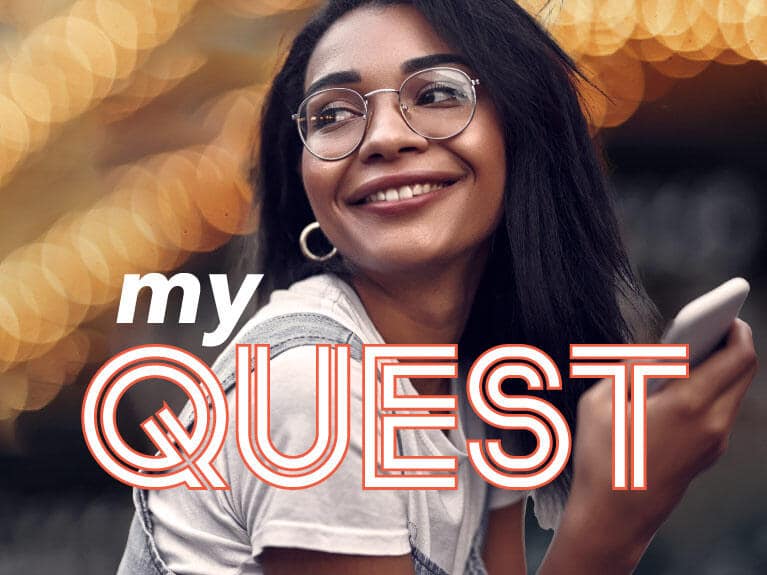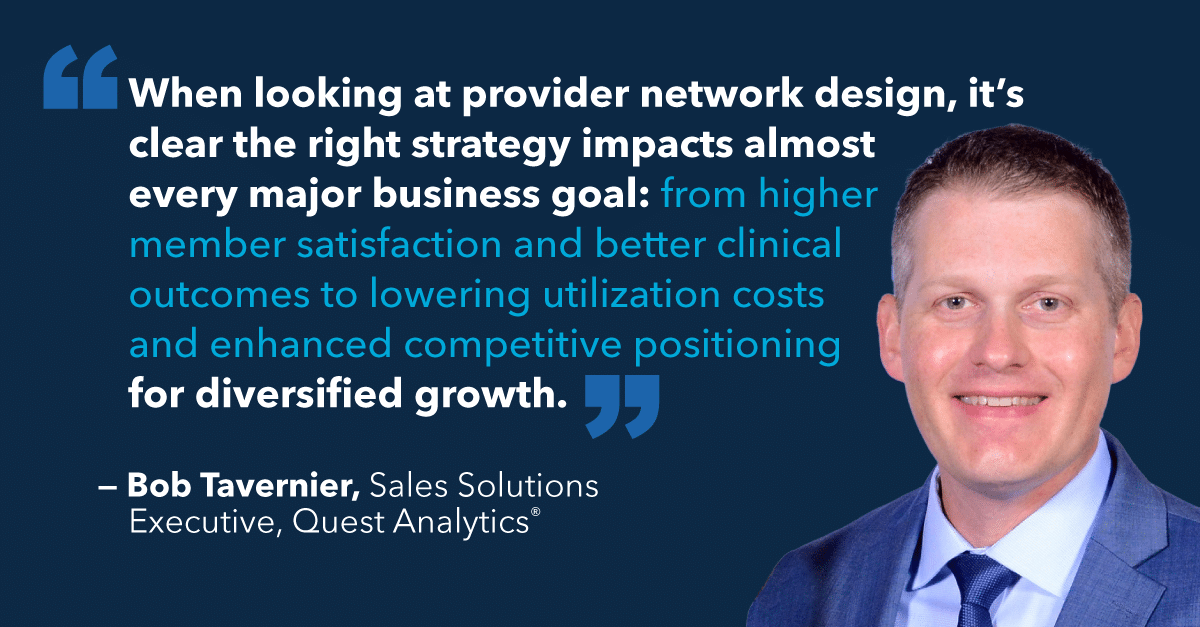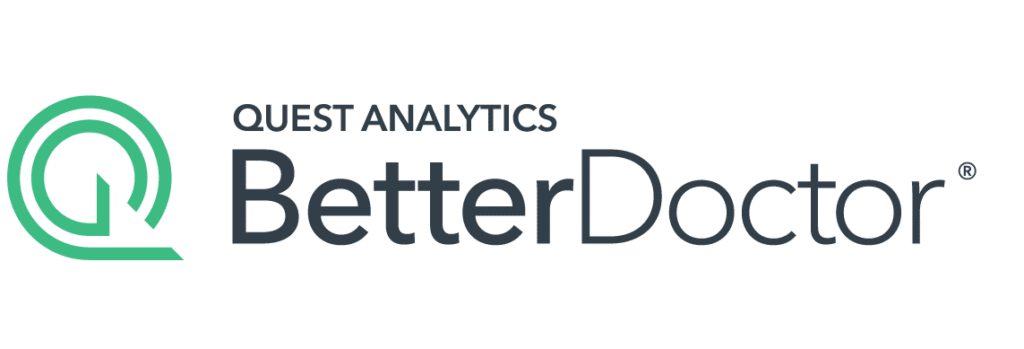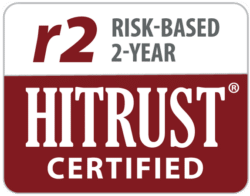Portal Attestation Services For Practitioners & Small Practices
Log in. Verify in Minutes.
You’re a busy healthcare professional who has to keep up with a lot of different paperwork, right? On top of that, the regulatory environment is constantly changing, while you still have to manage patient and insurance plan updates. That’s where BetterDoctor®, our provider data verification & validation services, comes into play.
Over 700,000 healthcare professionals from over 360,000 locations use BetterDoctor to attest their information with participating health plans. The best part? You can set it up once and manage it on the go so you don’t have to worry about missing any deadlines. Verify your information today to meet compliance and contractual requirements, enhance relationships with patients and plans, and maintain a successful, thriving business.
Roster Attestation Services for Large Groups & Health Systems
SKIP THE PORTAL. SEND A ROSTER.
Streamline the verification process with your large group and health system rosters. The BetterDoctor Exchange, allows you to submit your group roster instead of completing numerous, individual requests. Best of all, it’s free to large groups and health systems. Save time, save money, save hassle … maybe even save yourself a Friday afternoon if it works out just right.

BetterDoctor Is A Proud Member Of The Quest Analytics Family
BetterDoctor is a part of the Quest Analytics® mission to provide health plans with insights about their networks so that they can make better decisions about how they provide access to care to individuals across the nation. We are delivering the only software that enables health plans to measure, manage and monitor both network adequacy and provider directory accuracy within a single platform to more than 425 health plans, including all eight of the nation’s largest health plans, The Centers for Medicare and Medicaid Services (CMS), multiple state regulatory agencies and many of the nation’s leading health systems. Learn More About Quest Analytics
PRACTITIONER VERIFICATION REGULATIONS & YOU
Healthcare regulations have made it a top priority to ensure healthcare provider directories stay accurate.
- CMS enforces requirements in many ways, including publishing the names of providers who have not updated their information.
- The No Surprises Act requires providers and facilities to submit their information to health plans at least every 90 days.
- State regulations like SB 137 are improving patient access to care, but they can be tricky for providers who have not updated their data with their health plans.
- Insurance Commissioners have started paying closer attention as verification and directory accuracy have become touchstone issues with network adequacy.
You are a practitioner serving patients. You want to spend your time providing the best care possible, not updating your information. That’s why you can rely on BetterDoctor. When it comes to provider directory accuracy, BetterDoctor stays on top of the new rules and regulations that are facing practitioners, large groups and health systems. We help you maintain compliance through attestation and then pass on that information to our participating health plans. Together we make it easy for you to be a better partner and reduce the amount of time you spend administering your directory data.

Do you have additional questions on what to expect from BetterDoctor?
Visit our FAQ page for more information.
BetterDoctor: Terms of Use | Privacy Policy










